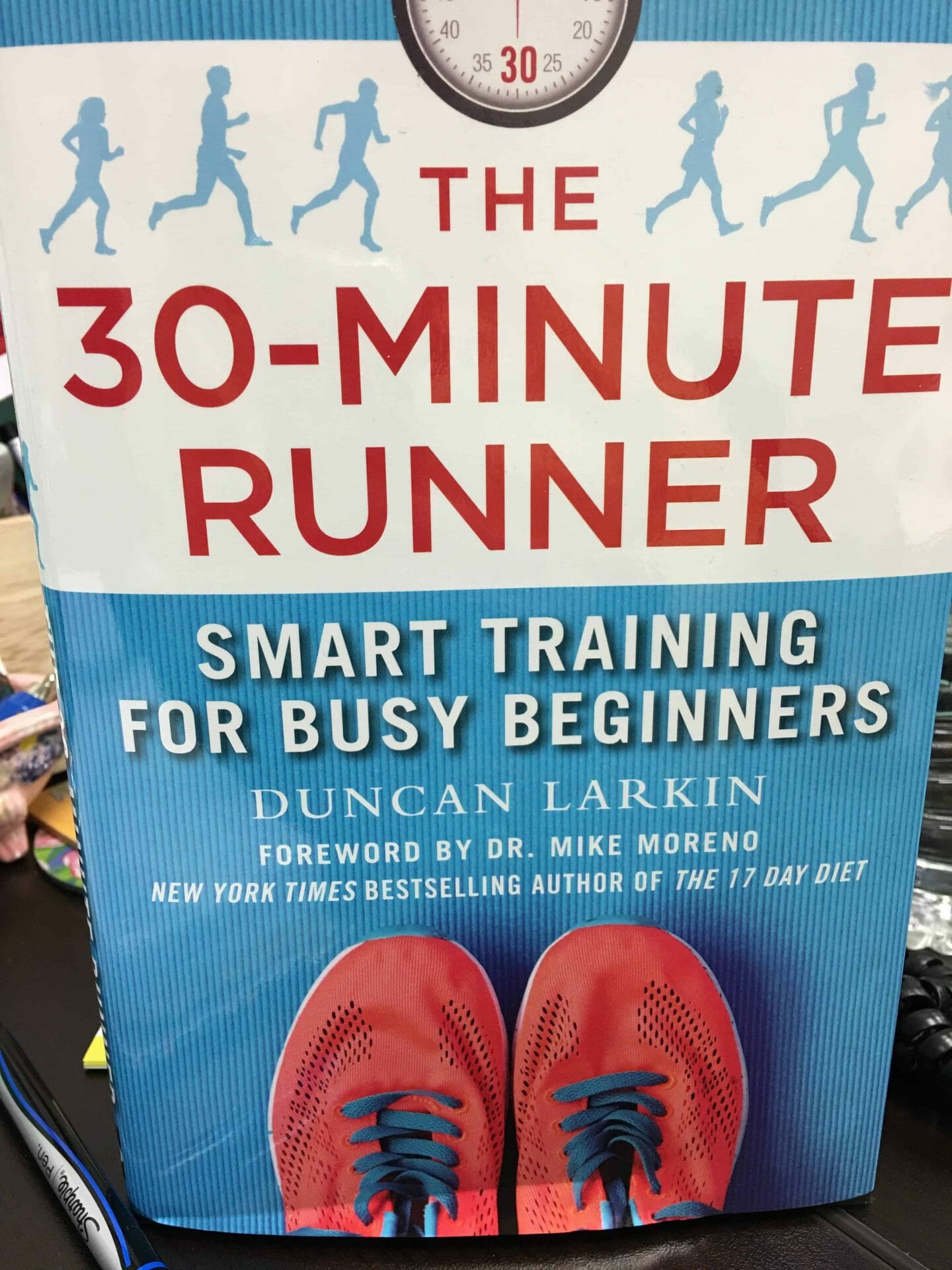Whether you’re a seasoned runner or just starting, having good running form is essential for optimal performance and injury prevention. Proper running form not only helps you run more efficiently but also reduces stress on your body, allowing you to enjoy the sport and reach your goals. In this blog post, we’ll explore some key tips and techniques to help you improve your running form and take your running to the next level.
Posture and Alignment
Maintaining proper posture and alignment is crucial for efficient running. Keep your head up, gaze forward, and relax your neck and shoulders. Engage your core muscles to stabilize your torso and maintain a slight forward lean from your ankles to propel yourself forward. Avoid excessive leaning backward or forward, as it can throw off your balance and increase the risk of injury.
Footstrike
Your footstrike, or how your foot hits the ground, plays a significant role in running form. Aim for a midfoot strike, where your foot lands directly under your body, distributing the impact evenly. Avoid striking with your heel or landing too far forward on your toes, as both can lead to excessive stress on your joints and increase the risk of injuries.
Cadence and Stride Length
Cadence refers to the number of steps you take per minute. Aim for a higher cadence, ideally around 180 steps per minute, as it promotes shorter, quicker strides. This reduces the risk of overstriding, which can cause braking forces and inefficiency in your running. Focus on taking light, quick steps, while maintaining a comfortable stride length that allows for efficient forward propulsion.
Arm Swing
Your arm swing plays a critical role in maintaining balance and propelling your body forward. Keep your arms relaxed and bent at about a 90-degree angle. Avoid crossing your arms in front of your body and swinging them excessively side to side, as it can waste energy. Instead, swing your arms back and forth in a straight line, focusing on driving them backward to generate power.
Breathing
Proper breathing technique can enhance your running form and efficiency. Practice deep belly breathing, inhaling deeply through your nose and exhaling fully through your mouth. Focus on maintaining a steady rhythm that matches your running cadence. Breathing from your diaphragm helps supply your muscles with more oxygen and can prevent side stitches and fatigue.
Strength and Flexibility
Improving your overall strength and flexibility can greatly contribute to better running form. Incorporate strength training exercises that target your lower body, core, and upper body to improve stability, power, and endurance. Additionally, regularly stretch your major muscle groups, especially your calves, hamstrings, quadriceps, and hip flexors, to maintain optimal range of motion and prevent muscle imbalances.
Improving your running form takes time and practice, but the benefits are worth it. By paying attention to your posture, footstrike, cadence, arm swing, breathing, and incorporating strength and flexibility exercises, you can enhance your efficiency, reduce the risk of injuries, and maximize your running performance.
Remember to start gradually and listen to your body, allowing for proper rest and recovery. With consistency and dedication, you’ll be on your way to becoming a more effective and efficient runner.





